Electric
propulsion
System
Electric boat is not just a motor and a battery, it is a whole system. System consisting of software and hardware solutions. Modular approach allows it to be adapted to any project.


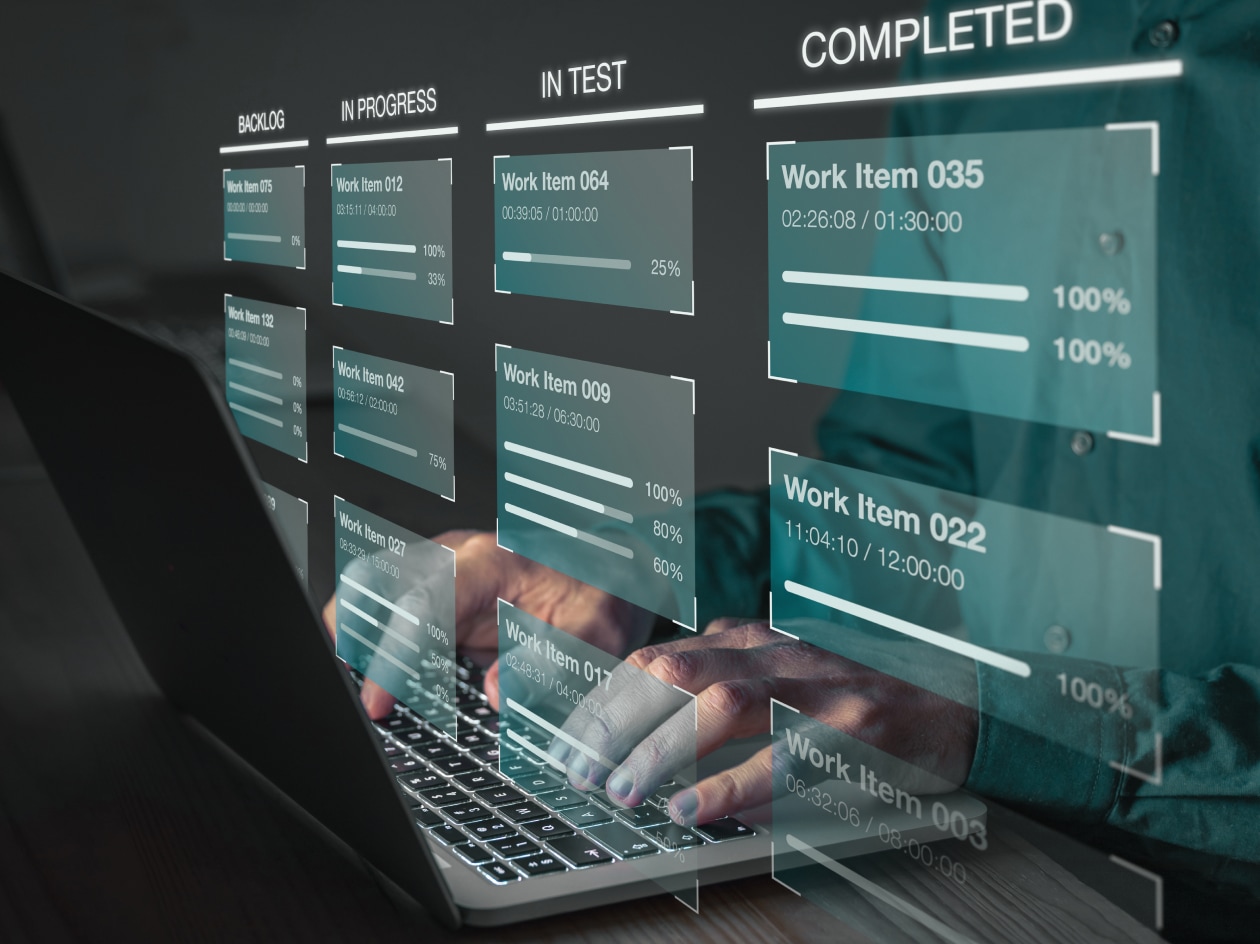
Software
Our software is embedded – which means it is integrated with hardware. Wherever it is needed, we have redundancy on both ends – electronics & software, to ensure that our solution is safe and easy to operate. The system on our demonstrator is made with 40 different components, all connected with 6 computers and 11 CANbus lines, and 3 ethernet networks. We have more than 3000 parameters that are not possible to be handled manually. We use the Model-Based Design approach, so it is relatively easy for us to understand what is happening in the system, what is possible, and how difficult to implement. The same approach is industry standard for automotive and aerospace applications. With our system, we can handle errors of each component, predict failures and adapt to the system. The most advanced part of the system is the handling of batteries. In our case, we can use large energy storage systems and make the system work even if a single cell, battery bank or string has a failure and is out of operation.
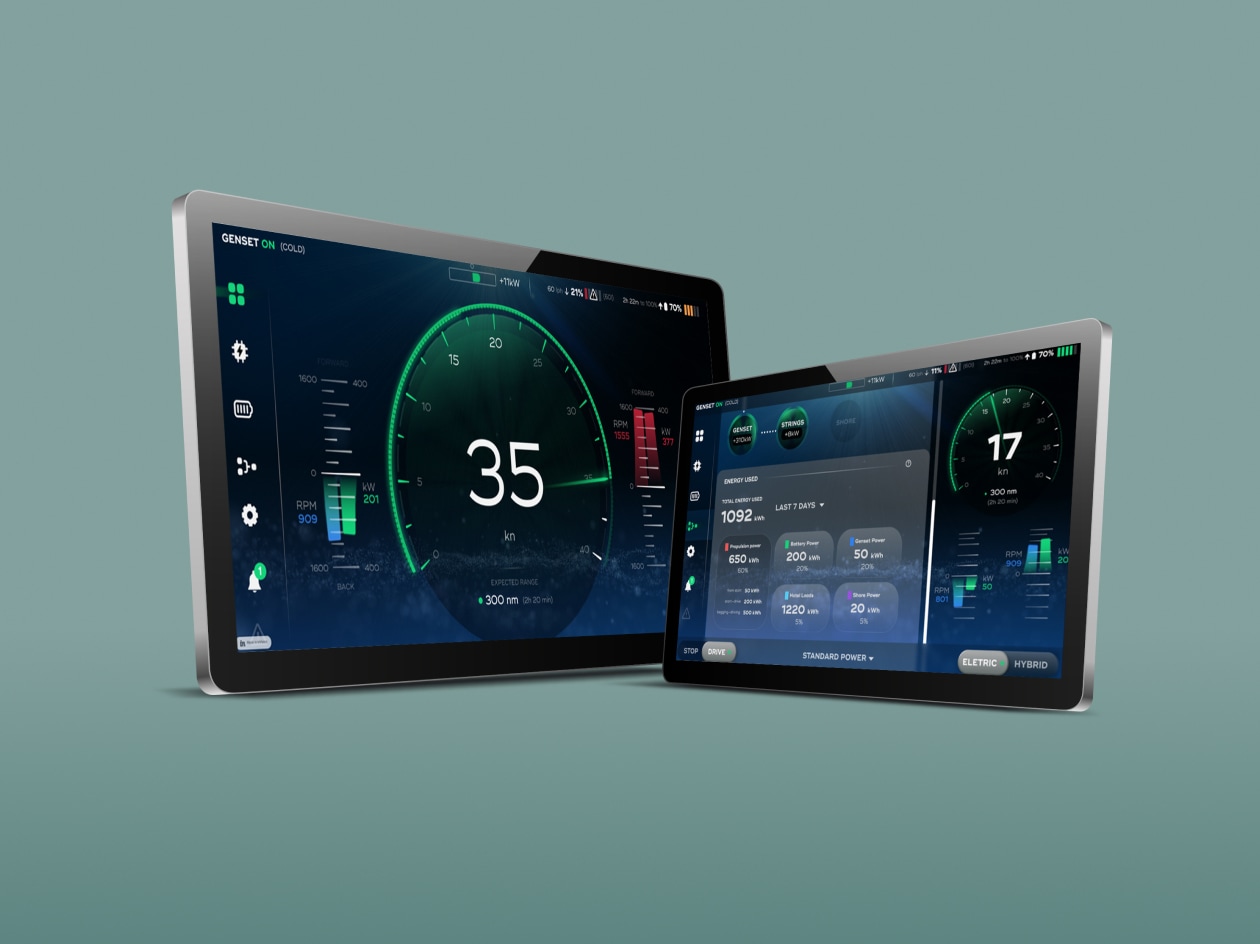
Interface
The propulsion system GUI (Graphical User Interface) is designed to prioritize user-friendliness, efficiency, and constant improvement based on user feedback. Following the latest trends, the interface allows yacht owners to monitor and control their vessel from anywhere in the world. All systems are optimized to minimize energy use and prevent breakdowns, ensuring a seamless sailing experience.
The interface boasts a clear layout, easy-to-understand icons, and simple instructions that guide users through various options such as adjusting speed, controlling direction, or changing the power output. The intuitive design enables users to perform tasks with ease, eliminating the need for extensive training.
Overall, the propulsion system GUI is designed with the user in mind, prioritizing ease of use, efficiency, and constant improvement based on user feedback.

Motor
Our main supplier of electric motors is Danfoss Editron. Permanent magnet technology is standard these days. We use motors that has its extended variation named Synchronous Reluctance assisted Permanent Magnet (SRPM) technology. It means that this motor has very high efficiency (~96%) which is achievable over a large operating range.
At the same time, it is combined with direct shaft propulsion – so mechanical losses are very small. We have been doing a lot of studies on the use of other propulsion technologies (stern drives, water jets etc.), and we have found that in the case of our demonstrator, the most effective is direct shaft drive.
Our system is ready to work with other suppliers. For small power (75-110kW), we are testing ultra-lightweight solutions with gearboxes, where efficiency is not the main driver but compact size & lowest possible weight is.
Explore OUR Propulsions
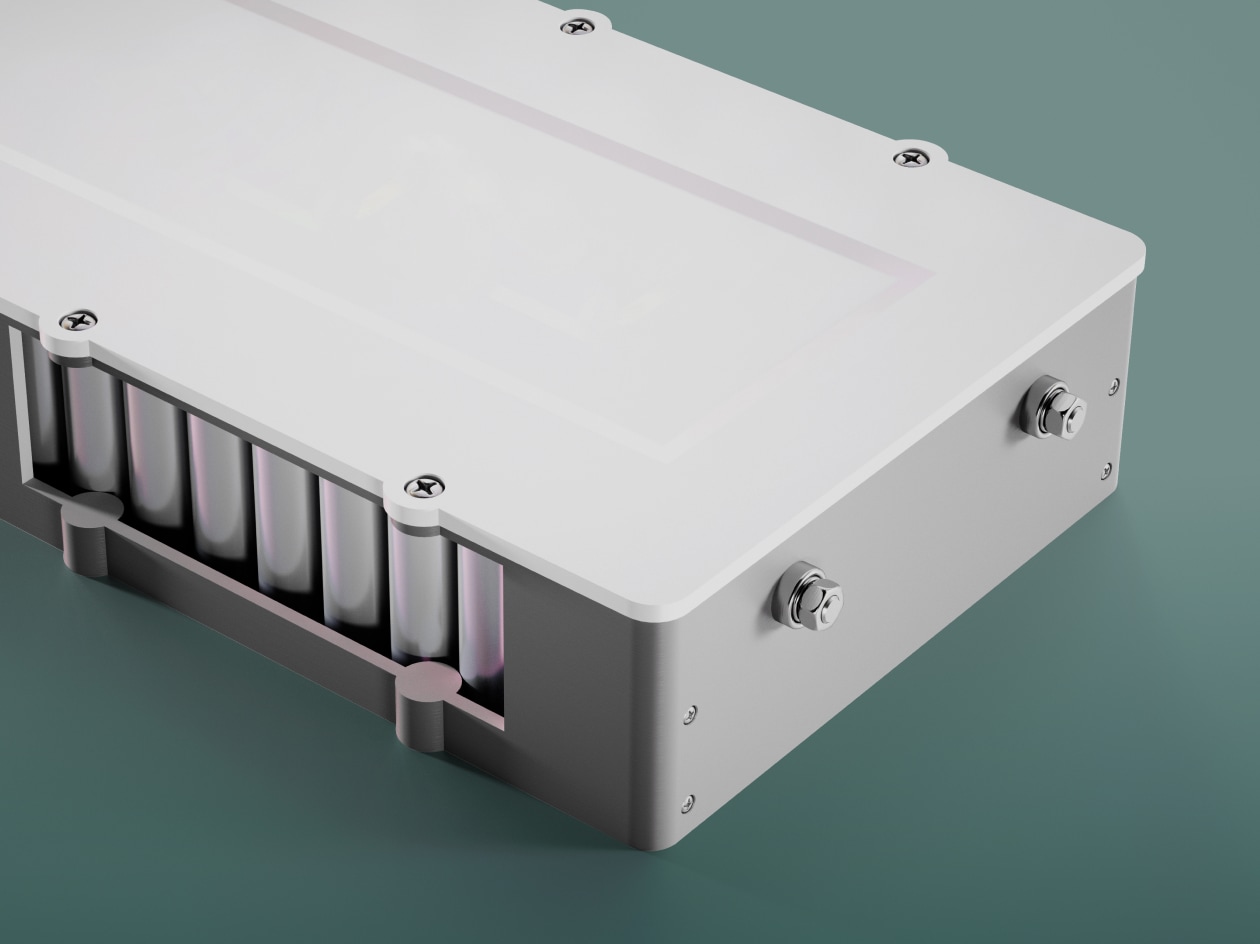
Battery
Battery system is the heart of each system and is the most sophisticated part. The marine application requires something more than just batteries, and they require Energy Storage System. In the case of our systems, we use large ESS with several strings. Each string is made with several battery packs, connected parallel or serial, depending on needs and possibilities. There are very sophisticated algorithms that make it work with multiple strings. The use of multiple strings is a safe way for making the system larger but requires experience and test to make it work.
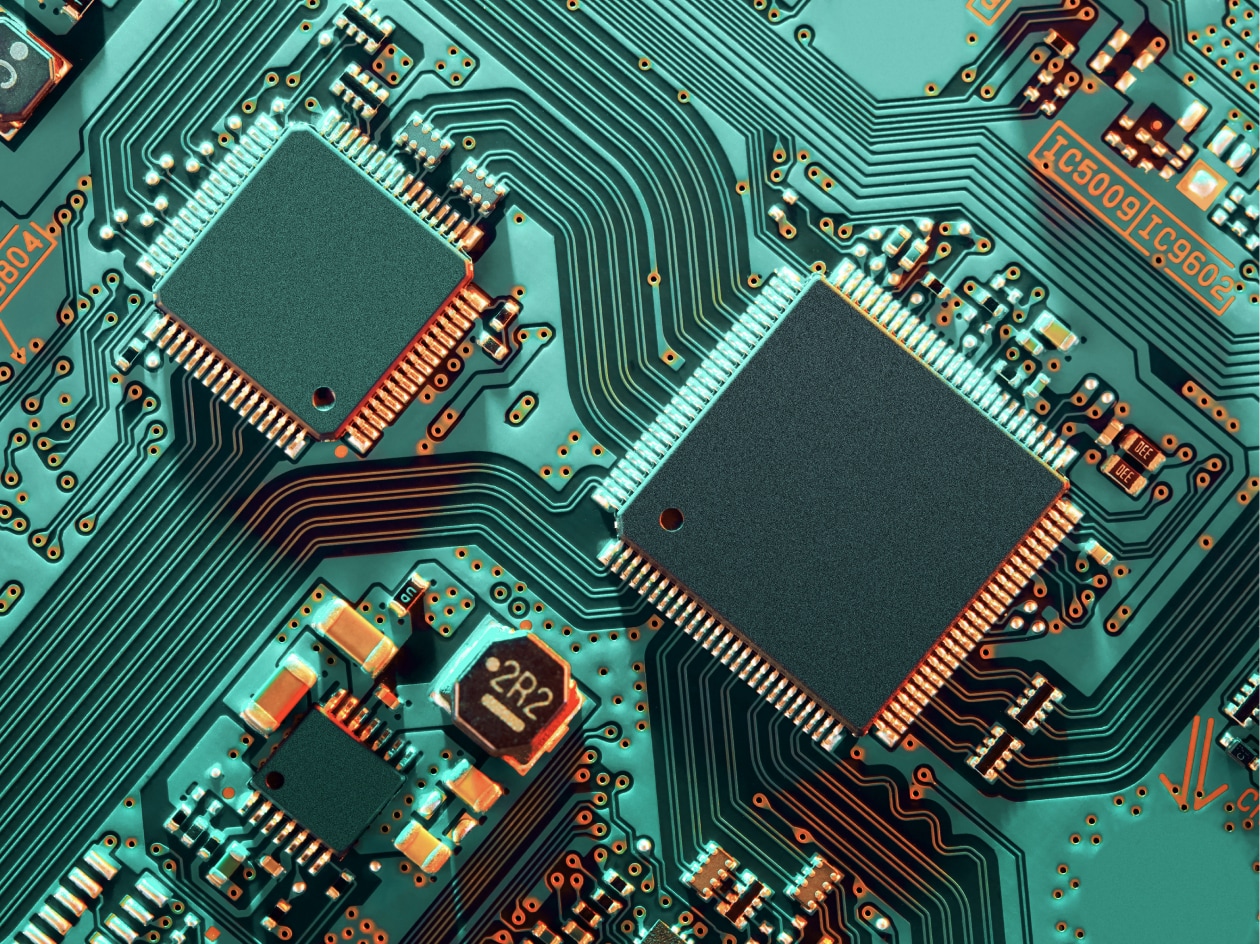
Electronics
We use marine certified electronics (not all industrial solution has it), that is designed to work in harsh environment. Our solution has a redundancy on the hardware level. All critical system components are doubled. All components that we use have long term support from the producer. We are testing our solution in real life, and making adjustments wherever it is needed. One of the most important factors is Electromagnetic Compatibility (EMC). In principle, all components for hardware are EMC certified, but when the system is connected and working, it needs to be checked and verified. EMC is one of the biggest challenges and tasks in every e-mobility project.

Safety
Our system includes IMD (insulation measure devices) for both high and low voltage systems. We have an additional and independent safety system based on SICK solutions.
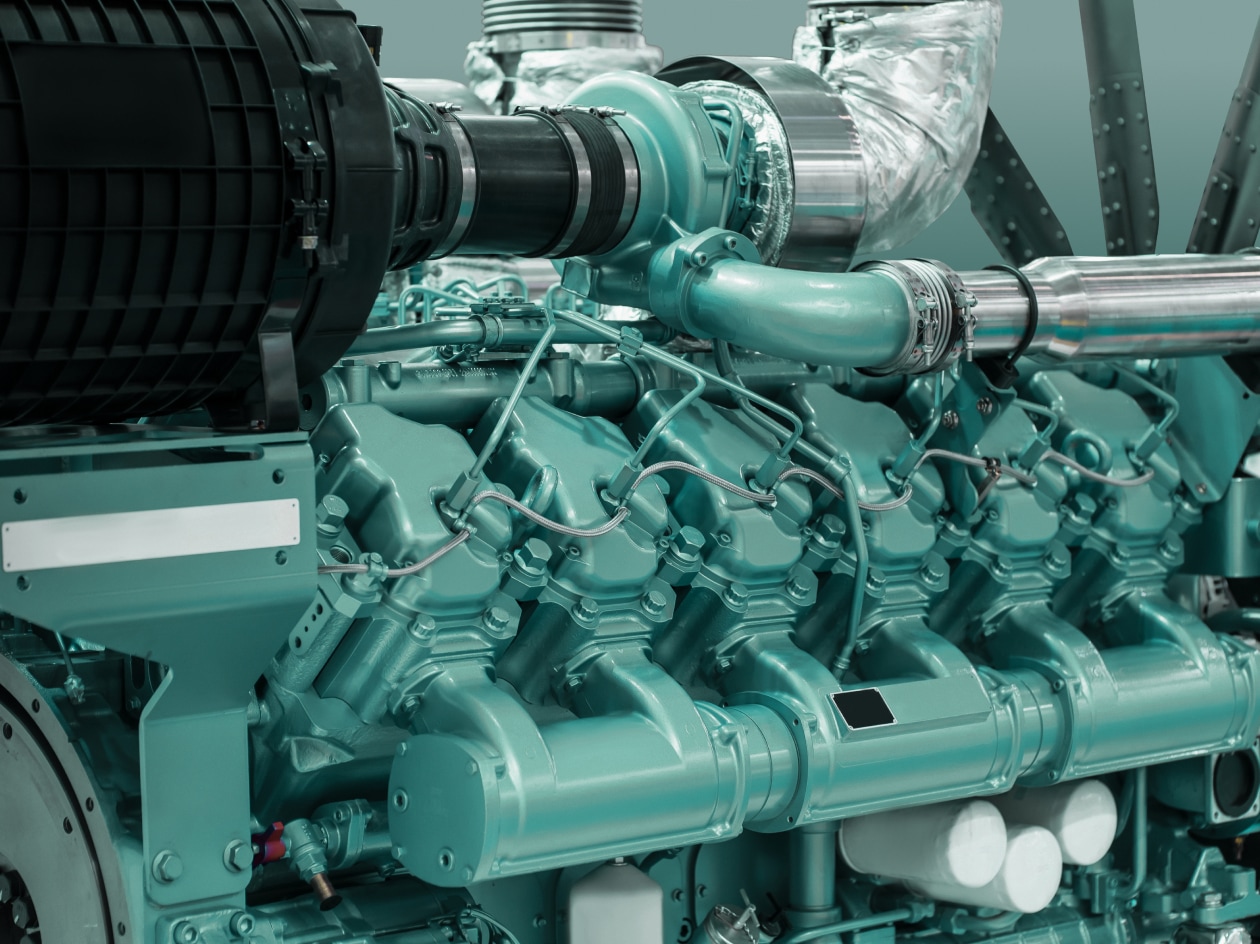
Range extenders
Range extenders are devices that generate power and significantly extend vehicle. One of the best-known examples is BMW i3. The range extender produces only electricity that later is used by electric motors for propulsion. In our case, we have two types of range extenders – based on internal combustion engine or hydrogen fuel cell.
Explore more
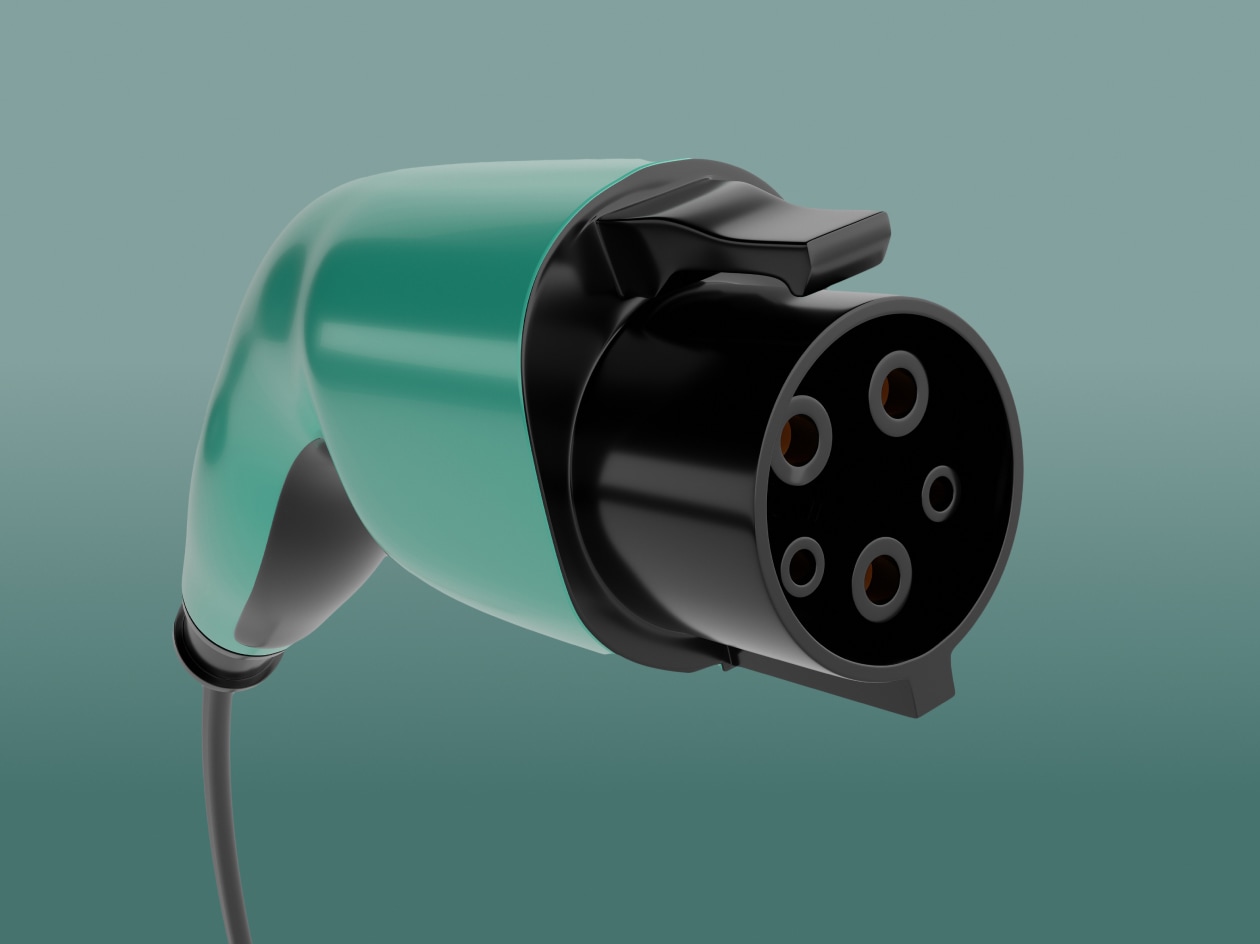
Charging
In e-mobility, charging is one of the fundamental challenges. There are two main limitations – battery and shore power. In our case, our systems have relatively large capacities, so by default, they can be charged with high powers (in automotive meanings). Our demonstrator has 250kWh of batteries and can be charged with power 390kW from our range extender. Typical shore powers are 11 up to 22kW @ 230-400VAC, which are sizes for typical onboard chargers.
Single CSS socket (typical automotive for fast charging) can handle up to 350kW of DC power. Our system on the boat is ready to have multiple sockets and, in theory, unlimited charging power. In the case of large powerboats with 1MWh of a battery bank, we can have a system with 3 sockets and the maximum charging power of 1MW.
Explore OUR recharging


